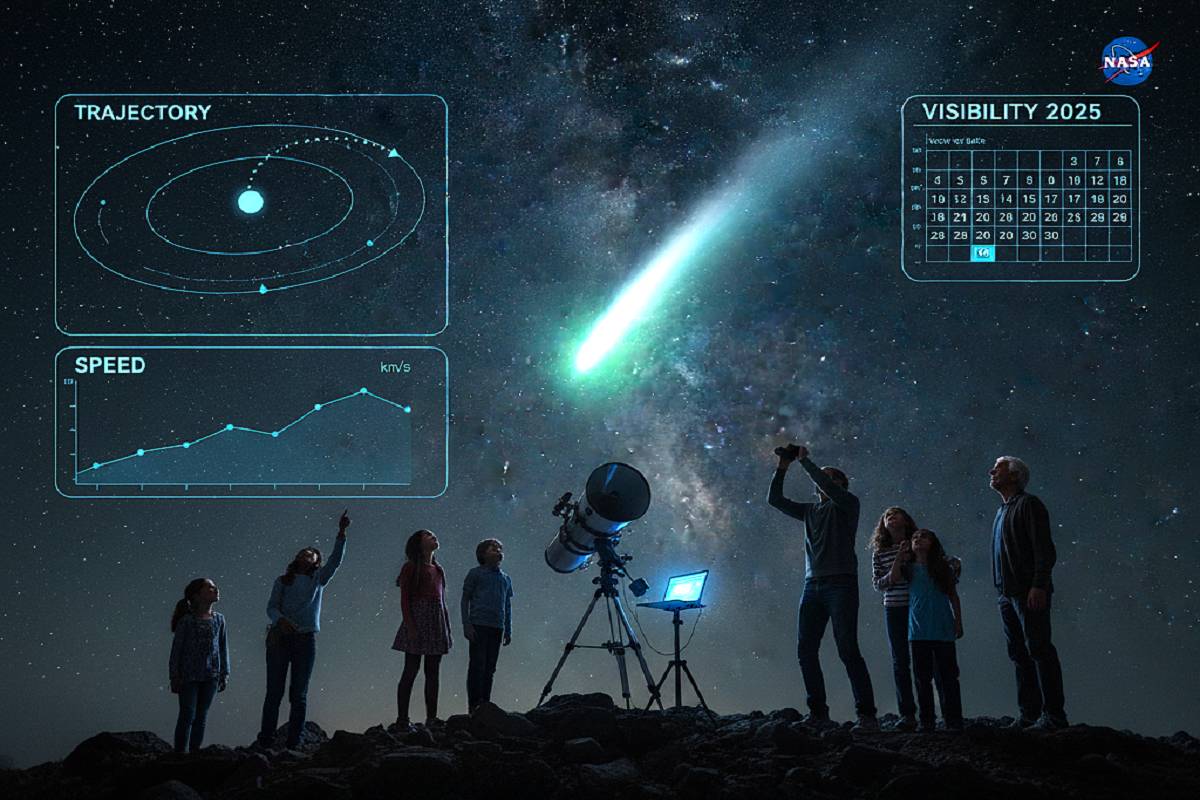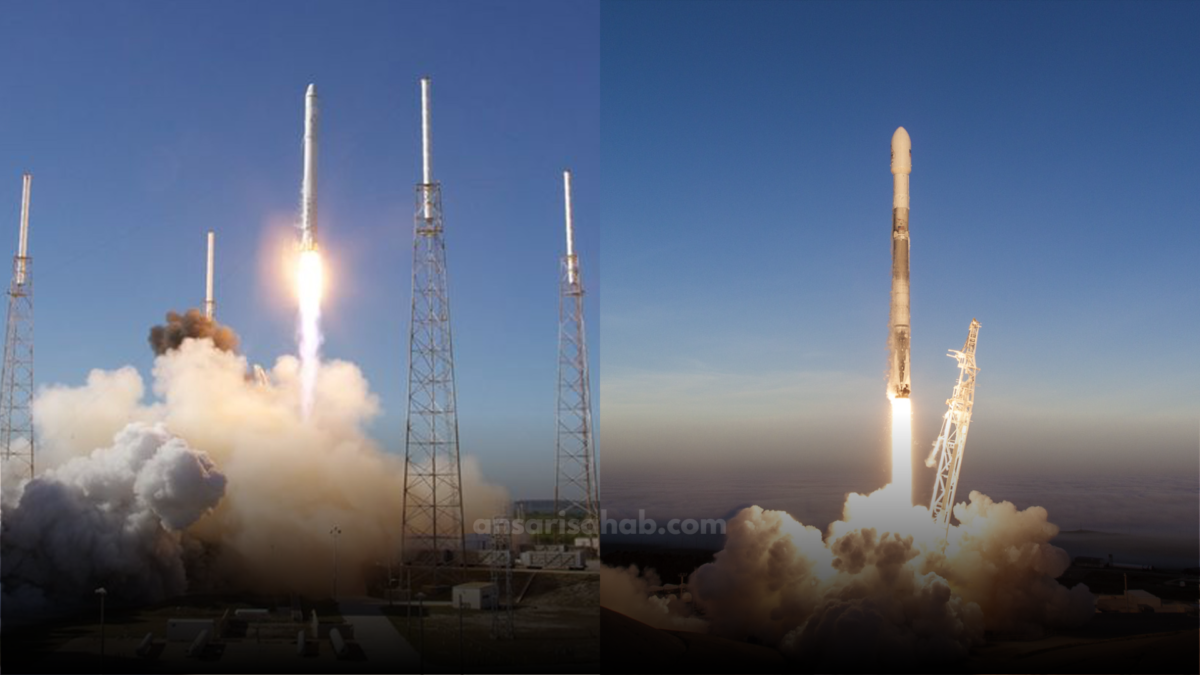NASA’s comet 3I/ATLAS, an interstellar visitor, is currently traversing our solar system, captivating astronomers and skywatchers alike. Discovered on July 1, 2025, by the ATLAS telescope in Chile, this comet is the third known interstellar object to pass through our solar system, following ‘Oumuamua in 2017 and 2I/Borisov in 2019. Unlike its predecessors, 3I/ATLAS is significantly larger and faster, making its trajectory and behavior subjects of intense study.
Trajectory and Speed
Comet 3I/ATLAS is currently on a high-speed trajectory through our solar system. At its closest approach to Mars on October 3, 2025, it passed within approximately 18 million miles (29 million kilometers) of the planet, traveling at an astonishing speed of about 193,000 mph (310,000 km/h. Following this flyby, the comet is set to make its closest approach to the Sun on October 30, 2025, before continuing its journey out of the solar system.
After its perihelion (closest approach to the Sun), 3I/ATLAS will pass Earth at a distance of approximately 167 million miles (269 million kilometers) in December 2025. Despite its proximity, the comet poses no threat to our planet.
Size and Composition
Astronomers have been working to determine the size and composition of 3I/ATLAS. Observations from the Hubble Space Telescope have provided detailed images of the comet’s coma, allowing scientists to estimate its nucleus diameter to be between 1,444 feet (440 meters) and 3.5 miles (5.6 kilometers). This makes 3I/ATLAS potentially the largest known interstellar object observed to date.
Spectroscopic data from various telescopes, including the James Webb Space Telescope and the Very Large Telescope, have confirmed the presence of water and carbon dioxide ice in the comet’s coma. Additionally, cyanide and nickel have been detected, indicating a typical cometary composition.
Visibility and Observations
For observers on Earth, 3I/ATLAS remains visible through ground-based telescopes. However, as it approaches the Sun, the comet will become increasingly difficult to observe due to the Sun’s glare. It is expected to reappear on the other side of the Sun by early December 2025, allowing for renewed observations.
Space agencies, including NASA and the European Space Agency (ESA), are closely monitoring the comet using various spacecraft. ESA’s Juice spacecraft, en route to Jupiter, will continue to observe 3I/ATLAS as it exits the solar system.
Public Interest and Speculation
The unusual size and origin of 3I/ATLAS have sparked public interest and speculation. Some scientists, including Harvard astrophysicist Avi Loeb, have suggested that the comet’s characteristics could indicate an artificial origin. However, the majority of the scientific community dismisses this hypothesis, attributing the comet’s features to natural processes.
FAQs
A: Currently, 3I/ATLAS is not visible to the naked eye. Observers can view it through telescopes, but as it approaches the Sun, its visibility will diminish.
A: No, 3I/ATLAS poses no threat to Earth. Its closest approach to our planet will be approximately 167 million miles (269 million kilometers) away in December 2025
A: The comet’s closest approach to the Sun, known as perihelion, is expected to occur on October 30, 2025









